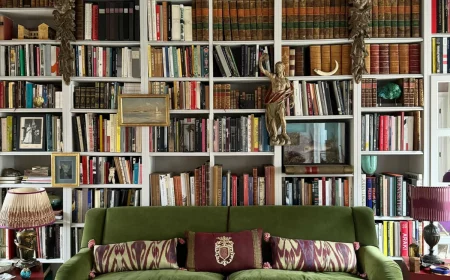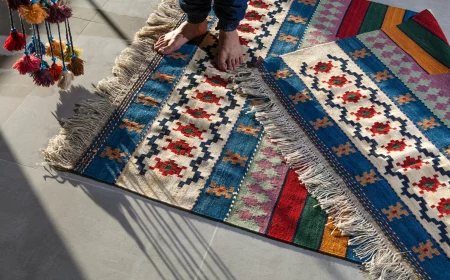Your Home’s Post-Holiday Slump: A Pro’s Guide to Making It Cozy
I see it happen every single year, right after New Year’s. The tree comes down, the twinkling lights get packed away, and suddenly the house feels… empty. A little cold, a little bare, and honestly, a bit sad. It’s a common feeling! You’ve just spent weeks in a home buzzing with cheer, and now you’re left with empty corners and the darkest stretch of winter still to come.
In this article
Over the years, I’ve learned that fighting the winter blues isn’t about ignoring the season, but leaning into it. It’s about shifting your mindset from temporary “holiday decorating” to intentional “seasonal living.”
This is all about creating an atmosphere that feels warm, restorative, and genuinely like a sanctuary. It’s a way to use your home to support your well-being, long after the last of the wrapping paper is gone. We’re not just plunking down a few new items; we’re using proven techniques to build a space that truly feels like a hug.
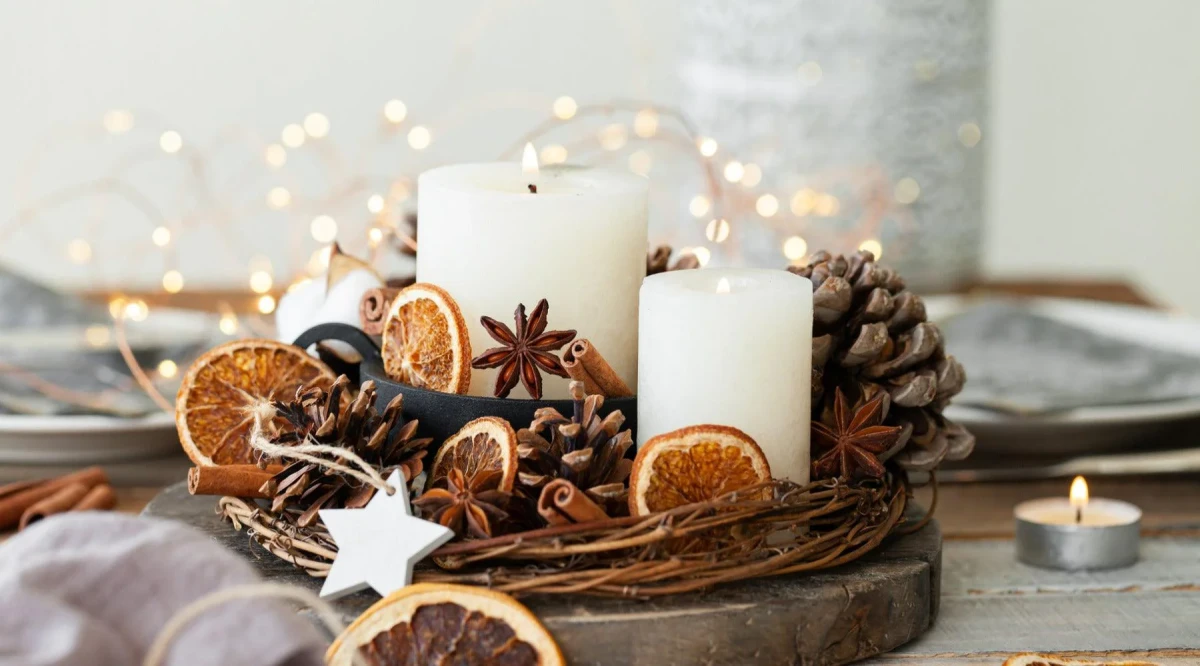
First, A Quick Win for an Instant Vibe Shift
Feeling overwhelmed and don’t know where to start? I get it. Here’s a super simple trick you can do in the next 15 minutes.
The 15-Minute Mood Boost: Go on a scavenger hunt in your own home. Gather up every single candle you own—the tall ones, the tea lights, the forgotten ones in the back of a drawer. Group them all together on a heat-safe tray (a ceramic plate or a piece of slate works great) on your coffee table or kitchen island. Light them. That’s it. The collective glow creates an instant pocket of warmth and coziness. (Heads up: Just be smart and never leave them unattended!)
Why “Cozy” Is More Than Just a Look
Before we even touch a throw pillow, let’s quickly get into the ‘why.’ Understanding this stuff is what separates a room that just looks cozy from one that truly feels cozy. It’s less about trends and more about our own biology.
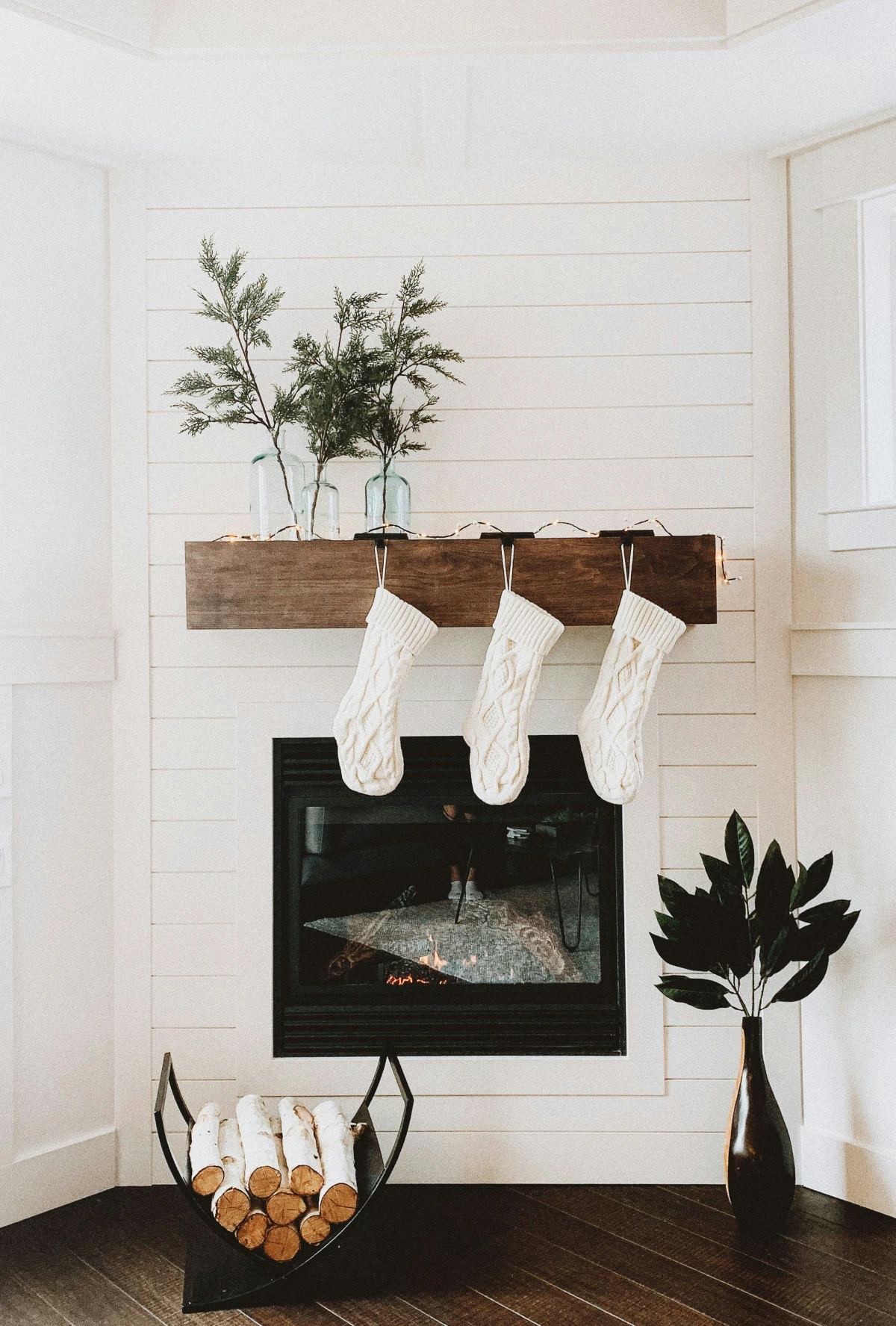
It All Starts with Light and Color
The most powerful tool in our winter toolkit is light. Shorter days mean less sunlight, which can mess with our internal clocks and our mood. You can’t expect a single, harsh overhead light to make a room feel welcoming. It just won’t happen.
The pros use a technique called “light layering,” which is just a fancy term for using different light sources. Think of it in three parts:
- Overall Light: This is your main ceiling fixture. The key here is putting it on a dimmer switch. Seriously, this is a game-changer. Lowering the intensity in the evening is a signal to your brain to start winding down.
- Task Light: This is focused light for doing stuff, like a reading lamp by your favorite chair or some strip lighting under your kitchen cabinets. It makes life easier and reduces eye strain.
- Accent Light: This is the secret sauce for winter. We’re talking about those candles we just gathered, some fairy lights tucked into a glass vase, or a tiny lamp on a bookshelf. This creates those warm, inviting pockets of glow that make a room feel magical.
By the way, the color of your lightbulb is critical. Check the box for something called Kelvin (K). For that warm, fire-like glow, you want bulbs in the 2700K to 3000K range. You can grab a two-pack of these warm-white LED bulbs at places like Lowe’s or on Amazon for about $10-$15. Anything over 4000K will give you that sterile, blue-white light that’s better for a garage or a lab, not your living room.
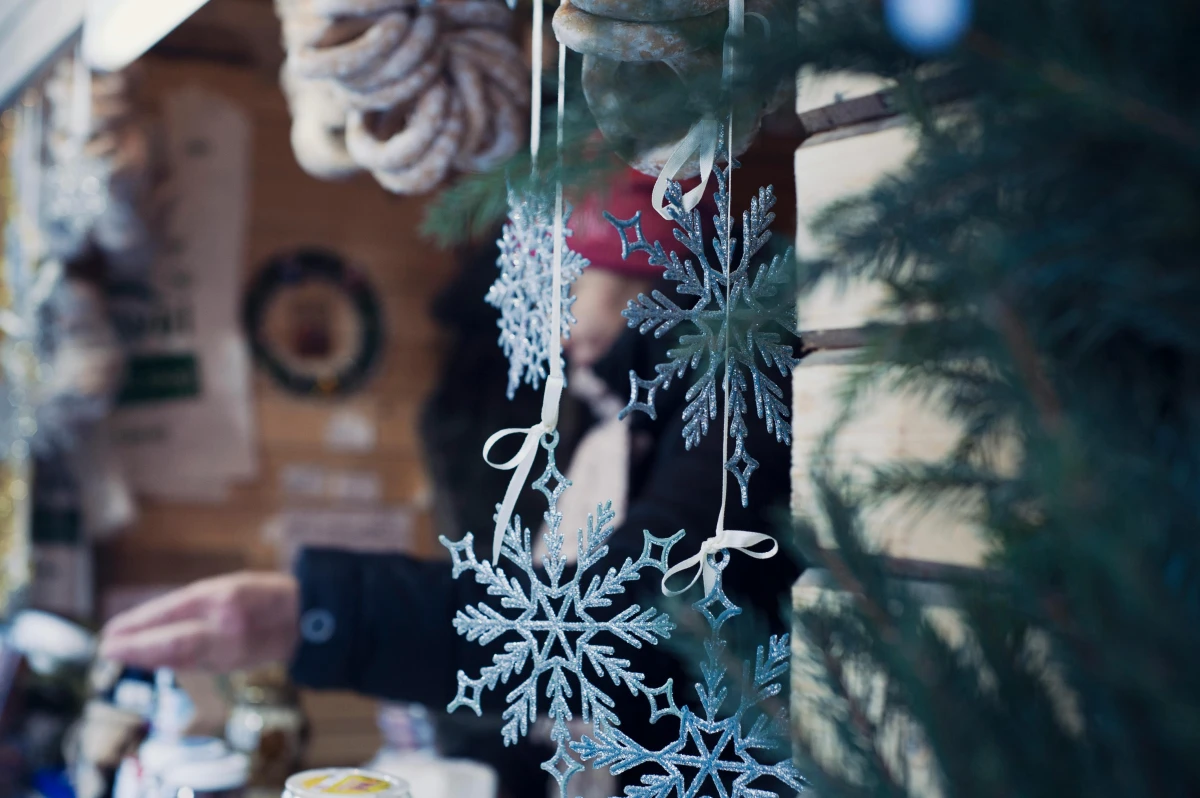
Your Brain Needs Nature
There’s also this concept called biophilic design, which basically means that humans have a built-in need to connect with nature. Bringing natural stuff inside has been shown to lower stress and just make us feel better. This is why a simple vase of bare branches can feel so powerfully calming—it’s a little piece of the real world, reminding us of nature’s rhythm even when we’re cooped up.
This is the logic behind using things like evergreen boughs, stone, and wood. Their textures and imperfect shapes are a welcome break from all the flat, synthetic surfaces in our homes. A room without a single natural element, no matter how stylish, will always feel a little sterile.
The Practical Toolkit for Your Winter Retreat
Okay, with that foundation, let’s get to the fun part. These are the go-to methods for transitioning a home into a serene winter haven, focusing on texture, natural materials, and strategic warmth.
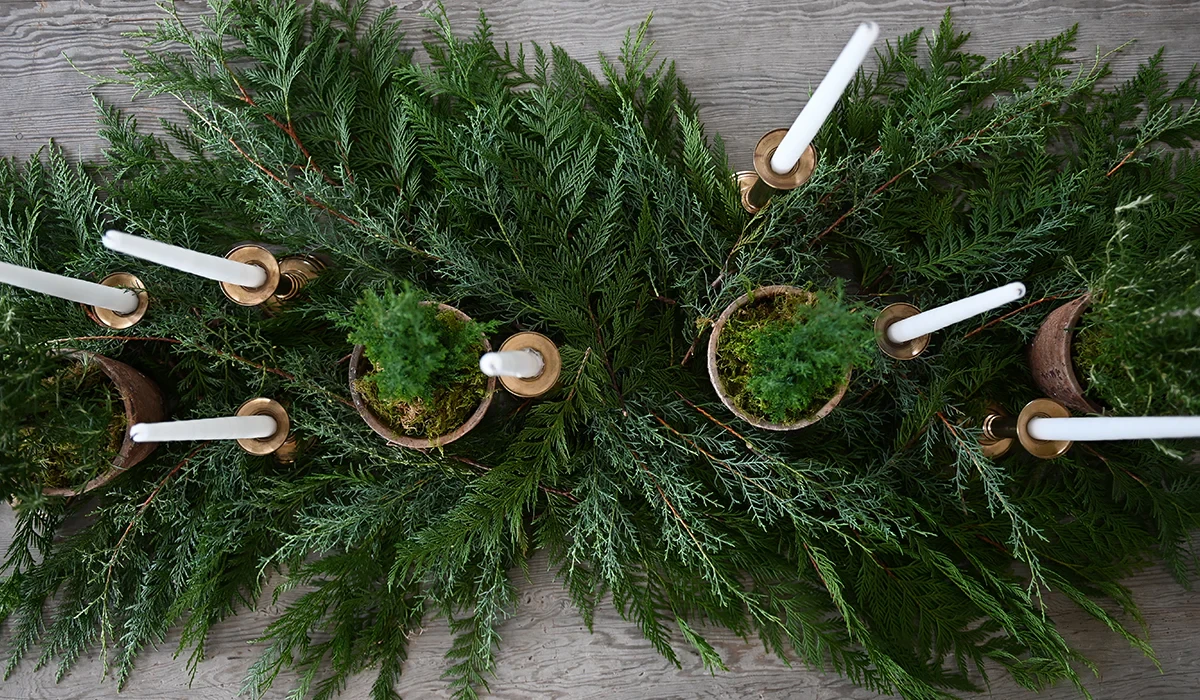
Let’s Talk Textiles: The Easiest Way to Add Comfort
Textiles are your best friend for an instant warmth injection. But let’s be real, not all throws and pillows are created equal. The material and weight make a huge difference.
Here’s a quick rundown on the main players:
- Wool: Wool is the undisputed champion of winter. It’s an incredible insulator and it’s super durable. Worried about itchiness? Look for finer fibers like merino or cashmere. A soft merino wool throw is an investment, for sure—expect to pay between $150 and $400 for a great one. But a more budget-friendly wool blend is still miles better than a 100% acrylic throw that doesn’t breathe and can make you feel a bit clammy.
- Velvet: I love using cotton velvet in the winter. It absorbs light beautifully, adding a visual richness and a luxe feel. It’s perfect for accent pillows—you can find gorgeous velvet pillow covers for $20-$40 on Etsy or at West Elm. It also works for heavier drapes if you need to block drafts from a chilly window.
- Flannel & Fleece: For a more laid-back, rustic vibe, you can’t go wrong with brushed cotton flannel or a quality polar fleece. I use these a lot in family rooms. Quick tip: A flimsy fleece will start pilling and look sad after one season. Go for a heavier, denser fleece; it feels more substantial and holds up way better. You can find a fantastic one for around $30-$50 at stores like Target or HomeGoods.
Oh, and when you put a blanket on the couch, don’t just throw it there. Try this simple 3-step layering trick so it looks intentional, not messy: 1. Start with a larger, neutral base blanket, maybe a cotton knit, and drape it over the corner of the sofa. 2. Artfully fold a smaller, more textured throw (like that wool or fleece one) and lay it over the top. 3. Finish with your pillows, maybe a couple of linen-blends for structure and a single velvet one as that soft, touchable accent.
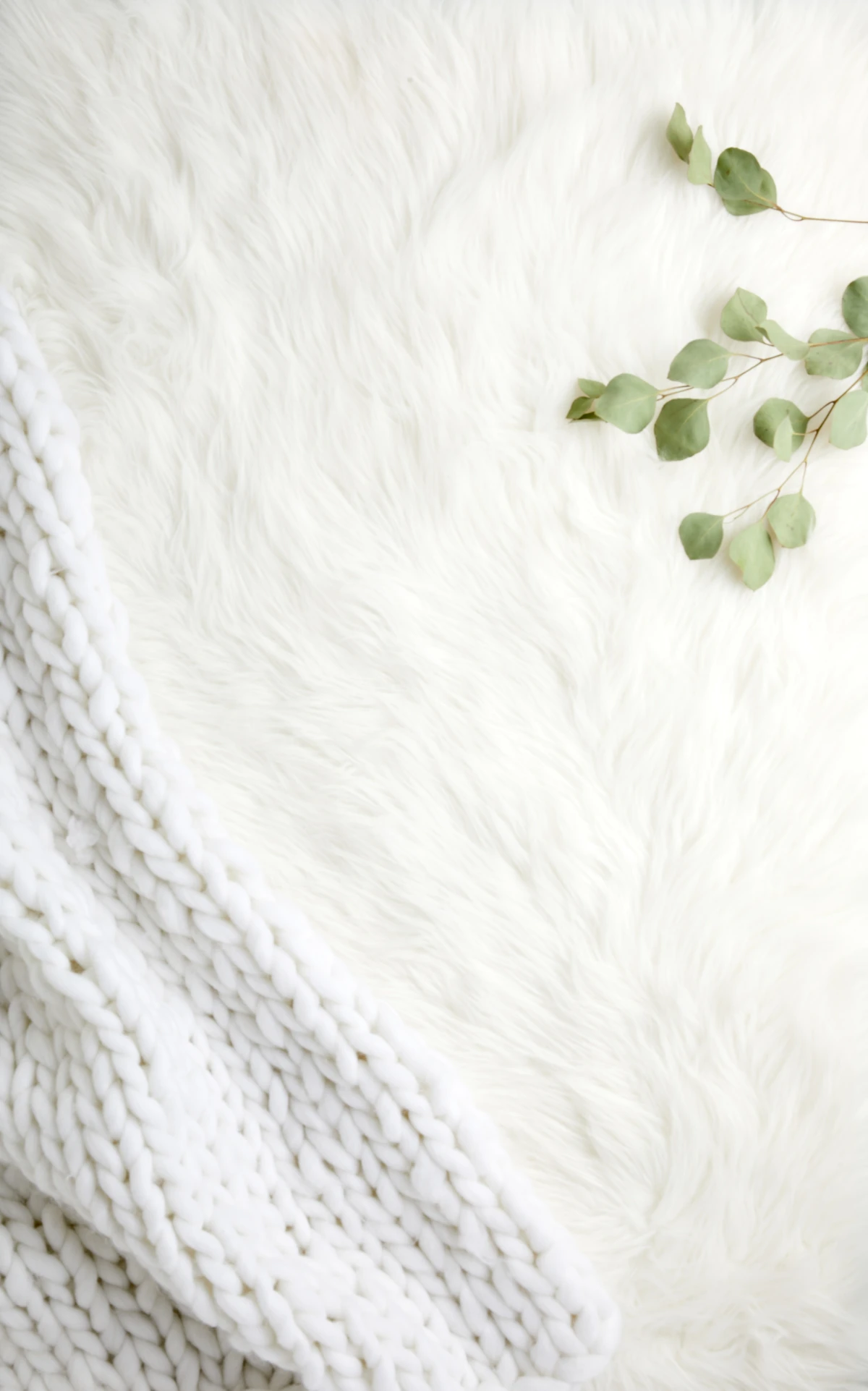
Bringing the Outdoors In (Without Bringing in Bugs)
Using foraged elements is central to this style. It costs nothing and adds an authenticity you just can’t buy. But you have to be smart about it.
I always look for branches with interesting shapes (curly willow or birch are amazing), and of course, pinecones. A big bunch of dramatic branches in a simple floor vase can anchor an entire corner.
SAFETY FIRST: This is the part I never, ever skip. You have to prep your foraged goodies to avoid bringing pests or mold into your home. It’s a non-negotiable.
- For Branches: Give them a good shake and inspection outside. I usually leave them in a dry garage for a few days just to be safe.
- For Pinecones: These guys are notorious for hiding little critters. Line a baking sheet with foil, spread your pinecones in a single layer, and bake them at about 200°F for 30-45 minutes. This kills any bugs and helps them open up. Bonus: your house will smell wonderfully of pine while you do this! Just keep an eye on them so they don’t scorch.
(And a quick note on ethics: always be respectful when foraging. Never take from private property, don’t damage the plant, and only take what you need.)

The Art of Scent: More Than Just Candles
Scent is such a powerful layer. For winter, we want warm, grounding, and natural—not overpowering or chemical-smelling.
My absolute favorite trick is a stovetop simmer pot. It’s so simple. In a small saucepan, add water and a few natural goodies, and let it gently simmer on the lowest heat. My go-to recipe is a few orange peels, a couple of cinnamon sticks, a teaspoon of whole cloves, and a sprig of rosemary or pine. The whole house will smell incredible.
Important: Never, ever let the pot boil dry. It’s a serious fire hazard. I set a timer on my phone to check the water level every hour. A small slow cooker on “low” is a safer bet if you want it going for longer.
When it comes to buying candles or diffusers, I’m picky. Inexpensive paraffin wax candles can release some nasty stuff into the air. I always suggest looking for candles made from soy wax, beeswax, or coconut wax, scented with essential oils. Think rich, earthy scents like cedar, sandalwood, or fir. You can find great, clean-burning options at local markets or even in the aisles of places like Marshalls or TJ Maxx if you read the labels.
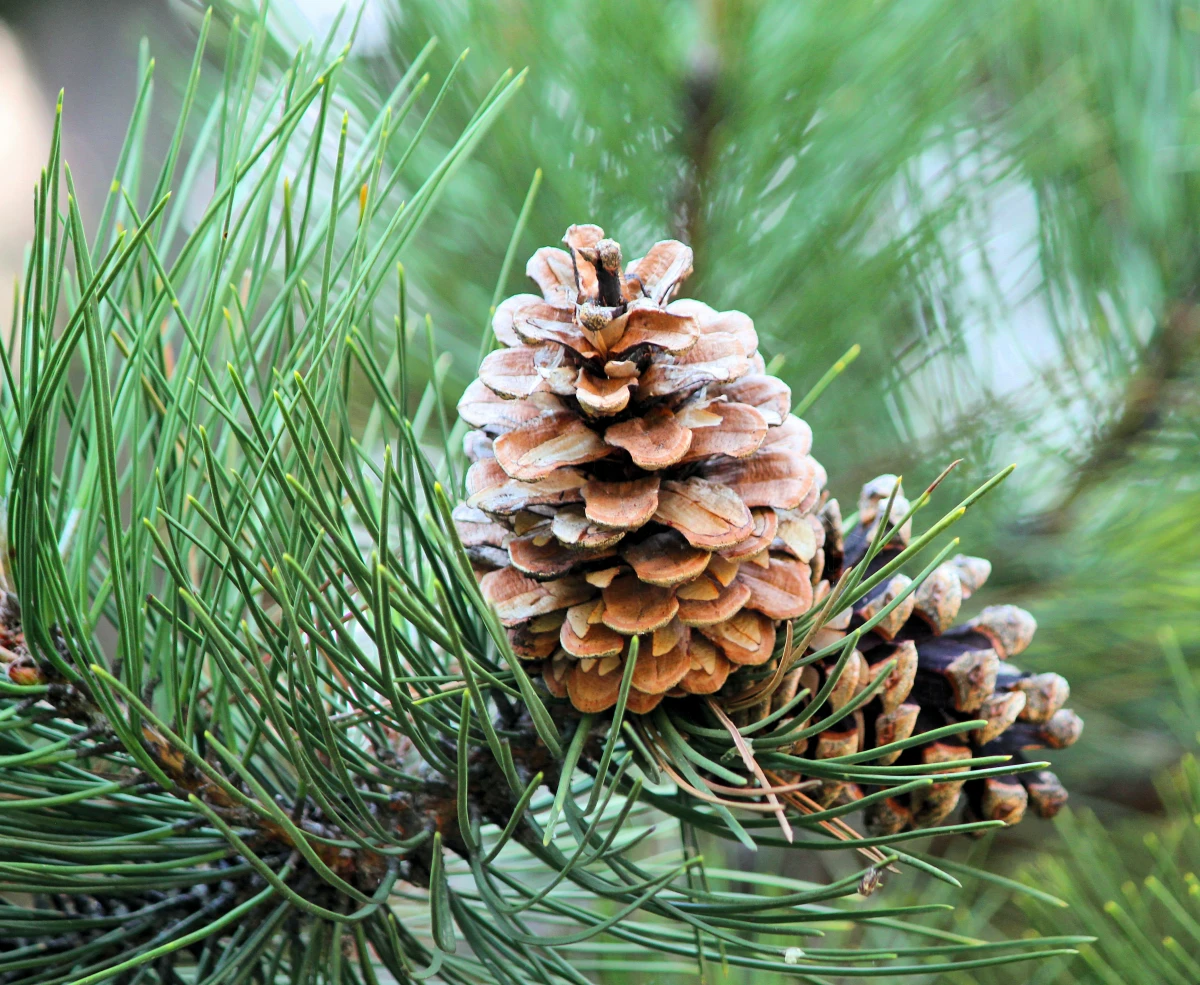
Putting It All Together Like You Know What You’re Doing
Once you have your cozy elements, the final step is arranging them so they look curated, not cluttered.
The Holiday-to-Winter Transition
Don’t think of this as a massive teardown. Think of it as a strategic edit. Go through your holiday decor and sort it into three piles:
- Strictly Holiday: Anything with Santa, reindeer, or specific red-and-green themes. Pack it away.
- Winter-Themed: Plain greenery, pinecones, metallic items, white lights, snowflakes. These can stay!
- The Bridge: This is where the magic happens. Take that holiday wreath, remove the red bow and jingle bells, and suddenly it’s a beautiful winter wreath you can leave up for two more months. It saves a ton of work.
Styling a Focal Point (Even Without a Fireplace!)
A mantel is a perfect stage, but what if you don’t have one? No problem! You can use these exact same principles on an entryway console, the top of a bookshelf, or your media stand.
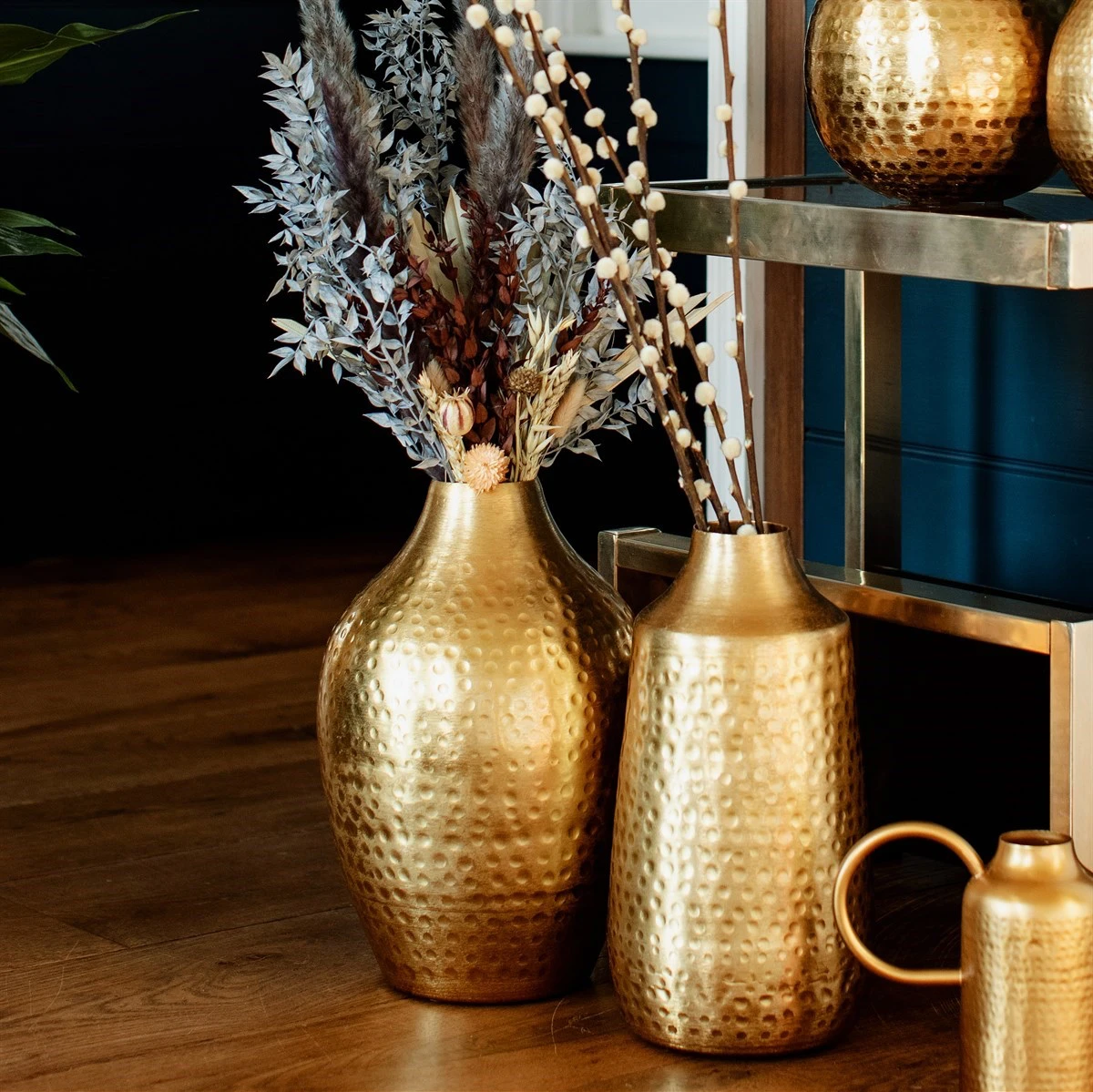
- Start with an Anchor: Get a large item, like a mirror or a piece of art, to set the scale.
- Create a Visual Triangle: Arrange objects of different heights. For example, a tall vase of branches on one side, a low bowl of pinecones in the middle, and a cluster of three candlesticks of varying heights on the other. This is naturally pleasing to the eye.
- Use Asymmetry: Perfect symmetry can feel a bit stiff. Try balancing a visually “heavy” item on one side with a group of smaller items on the other.
- Layer from Back to Front: Don’t line everything up like soldiers. Place larger items in the back and smaller things in front to create depth.
Let’s Talk Budget & A Starter Kit
Good news: you do not need to spend a fortune to make a big impact. It’s all about mixing high and low-cost items.
My advice is to invest in a great throw blanket and good, dimmable lighting, since you’ll use those for years. Then, save on things like vases and containers (thrift stores are gold mines for these) and natural elements (which are free!). A favorite trick of mine is to grab an interestingly shaped vase for $3 at a thrift store and give it a coat of textured stone-effect spray paint (about $12 at a hardware store). It instantly looks like a high-end piece.
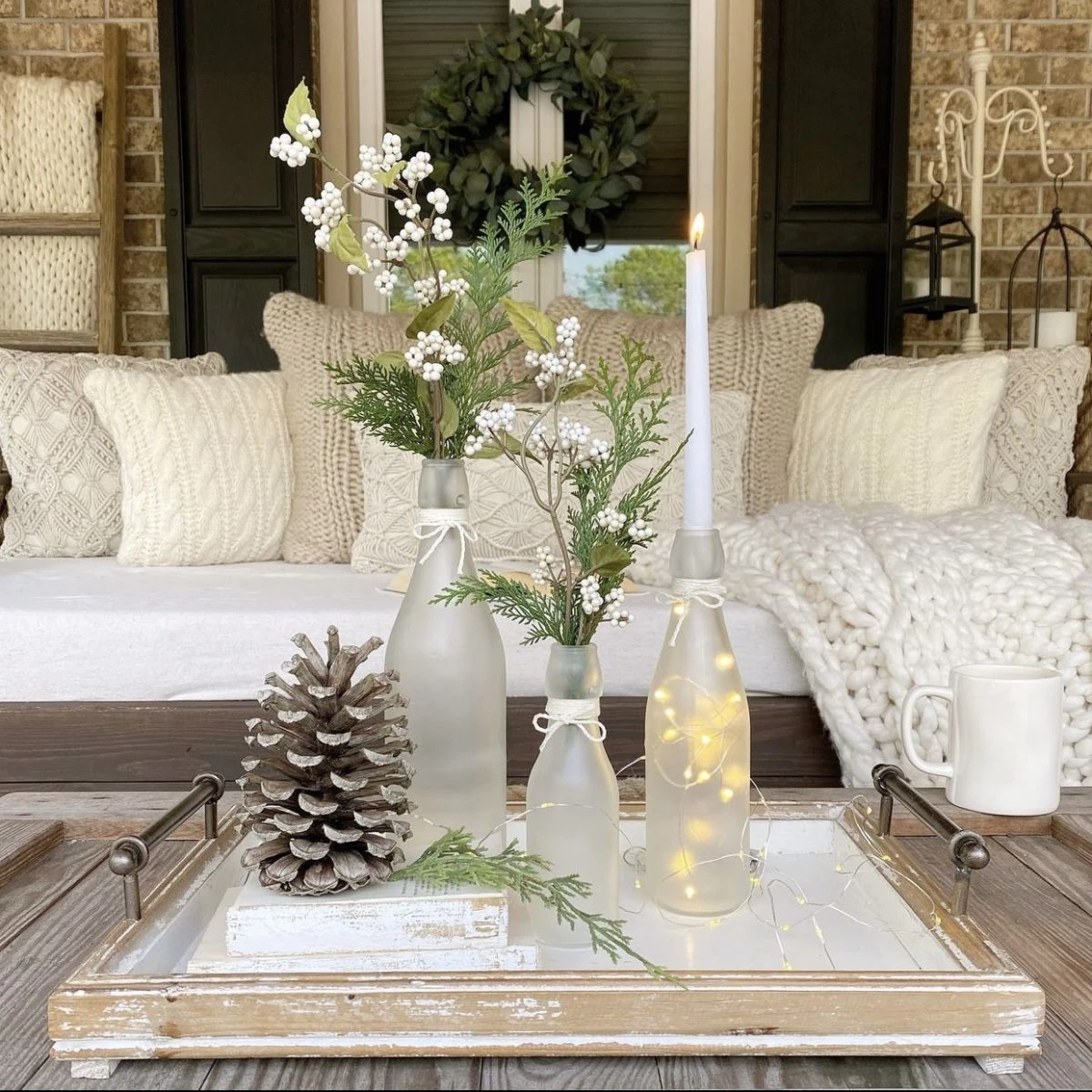
Here’s a simple “Winter Starter Kit” to get you going:
- Budget-Friendly Kit (around $75): A 2-pack of warm white (2700K) bulbs ($12), a thrifted vase ($5), a can of matte black or textured spray paint ($10), a high-quality fleece throw from a store like HomeGoods ($30), and one velvet pillow cover from Amazon or H&M Home ($18).
Okay, One Last Thing: A Final Safety Check
I can’t stress this enough. All the cozy vibes in the world aren’t worth a safety risk. Before you relax, do a final sweep.
- Fire Safety: Keep at least a foot of space between a candle flame and anything flammable. Use sturdy holders. And I’ll say it again: never leave a burning candle unattended. If you have curious pets or little kids, the new flameless LED candles are incredibly realistic and offer total peace of mind.
- Electrical Safety: Always inspect light strands for frayed or cracked wires before plugging them in. If you see any damage, toss them. It is not worth the risk.
- Know When to Call a Pro: If you’re thinking about installing dimmers or new fixtures, please hire a licensed electrician. It’s essential for your safety and often required by code.
Creating a cozy winter home is a deeply rewarding process. It turns the season from something you have to endure into something you can actually savor. By using light, texture, and nature with a bit of intention, you can craft a space that’s not just beautiful, but is a true refuge from the cold.
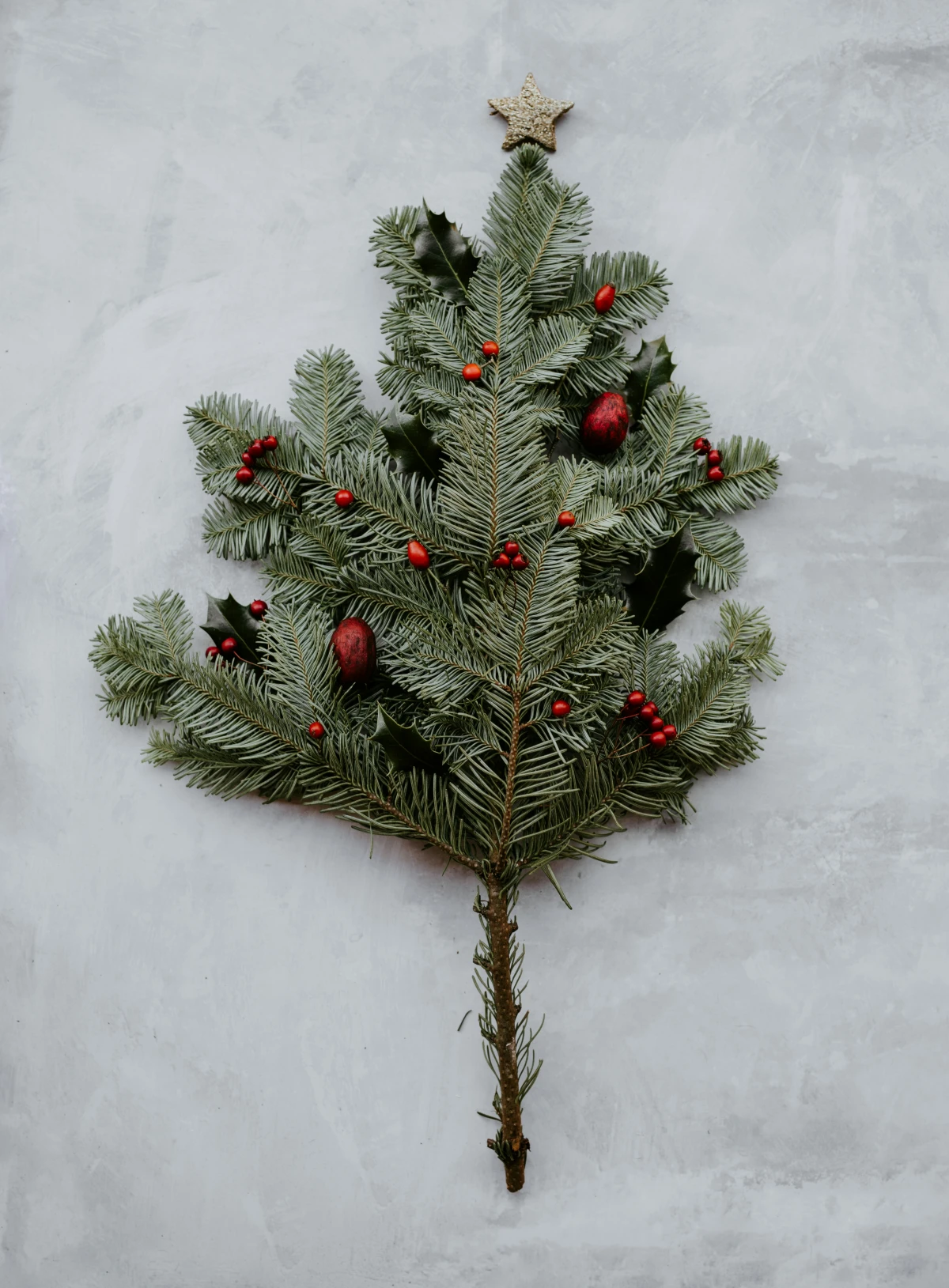
Inspirational Gallery
Don’t be afraid of white in winter! The key is to choose warm, soft whites instead of stark, blue-toned ones. Think of the color of heavy cream or unbleached wool. Paint brands like Farrow & Ball excel at this, with shades like
Fill your home with the scent of winter without synthetic sprays. A stovetop simmer pot is a beautiful, all-natural way to create a welcoming aroma that evolves throughout the day. Simply combine the ingredients with water in a small saucepan and keep it on a low simmer, adding more water as needed.
- Spiced Citrus: Sliced orange, a few cinnamon sticks, and a teaspoon of whole cloves.
- Woodland Walk: A sprig of fresh pine or rosemary, a bay leaf, and a star anise.
Light with a color temperature between 2200K and 3000K mimics the warm, inviting glow of a sunset or candlelight.
Does your home feel too quiet after the holiday chaos?
That feeling of emptiness is often amplified by silence. Combat it by layering
Chunky Wool Knit: Offers unparalleled breathability and a rustic, authentic texture. It’s a natural fiber that regulates temperature, keeping you warm without overheating. Perfect for draping over a sofa arm for that coveted ‘Hygge’ aesthetic.
Plush Faux Fur: Delivers unbeatable softness and a touch of glamour. Modern faux furs, like those from West Elm or Pottery Barn, are incredibly realistic and offer deep, luxurious comfort you can sink into. They are also typically easier to clean.
- Keep your wool throws smelling fresh all season.
- Reduce pilling and wear from unnecessary washing.
- Preserve the natural lanolin that makes wool so soft.
The secret? A simple airing out. Instead of the washing machine, hang your wool blankets outside on a dry, crisp day for a few hours. The fresh air naturally deodorizes the fibers. For a quick refresh, a spritz of a cedar or lavender linen spray works wonders.
The Olfactory Bulb, which processes smells, is part of the limbic system, the brain’s center for emotion and memory.
This direct link is why scent is a powerful tool for instantly shifting a room’s mood. For winter, move beyond sweet holiday cookies. Think grounding, earthy scents that evoke a sense of calm and stability. Diffusing essential oils like frankincense, cedarwood, or vetiver can create a sophisticated, spa-like atmosphere that feels both restorative and deeply comforting.
Embrace the Scottish
A common mistake when trying to create a cozy room is focusing only on soft textures. While a fluffy blanket is essential, a room becomes truly interesting when you mix a variety of materials. Contrast the softness of a velvet pillow with the slight roughness of a linen one. Place a smooth ceramic vase on a rustic, reclaimed wood table. It’s the interplay between hard and soft, smooth and rough, that creates a rich, layered environment that engages more than just the sense of touch.
Your coziest winter accessories might be waiting for you at a local thrift store. Keep an eye out for these treasures:
- Brass Candlesticks: Grouping mismatched brass holders adds instant vintage warmth to a mantel or sideboard.
- Hardcover Books: Judge these books by their covers! Select a few with beautiful, textural cloth bindings in deep winter hues like burgundy or navy to stack on a side table.
- Wooden Trays: A simple wooden tray or shallow bowl is perfect for corralling remotes, candles, or a few pinecones.


